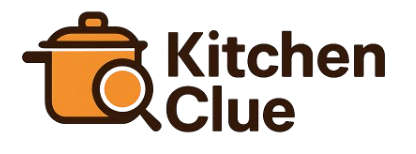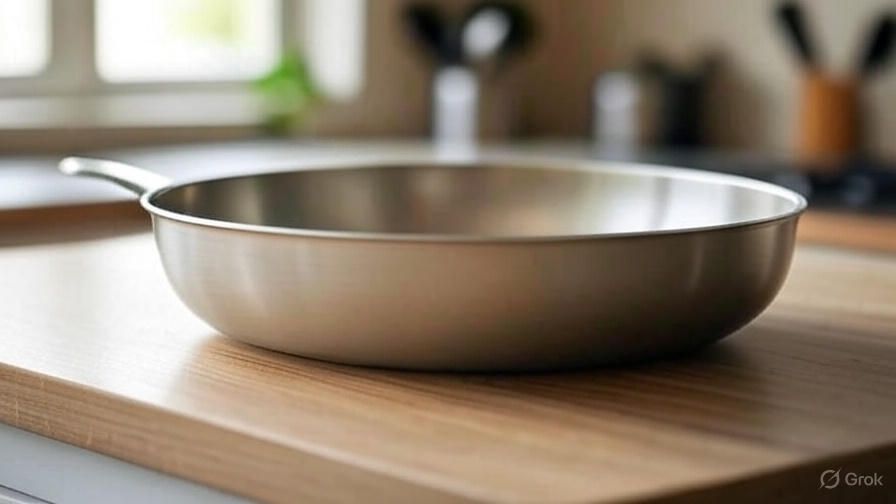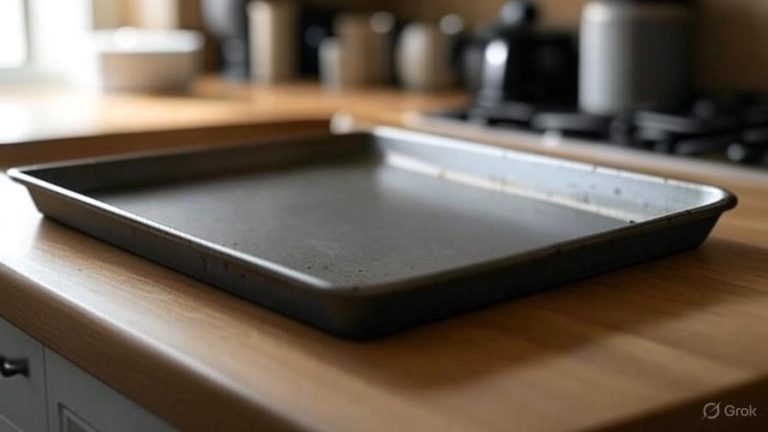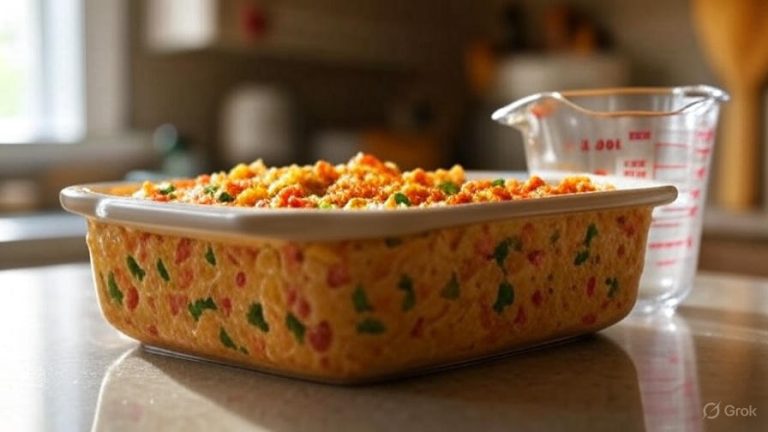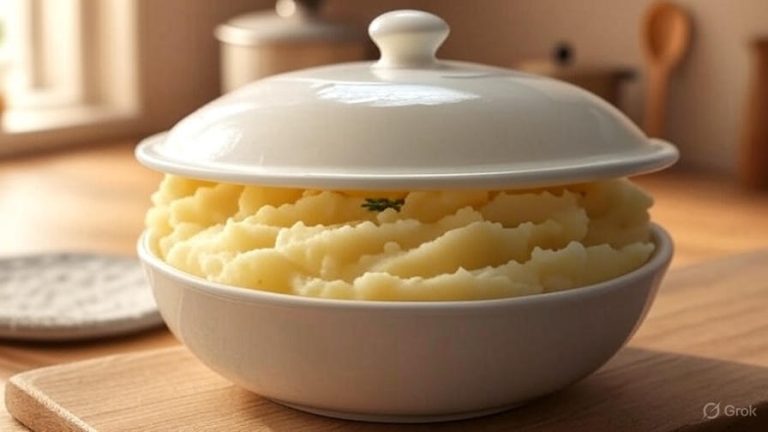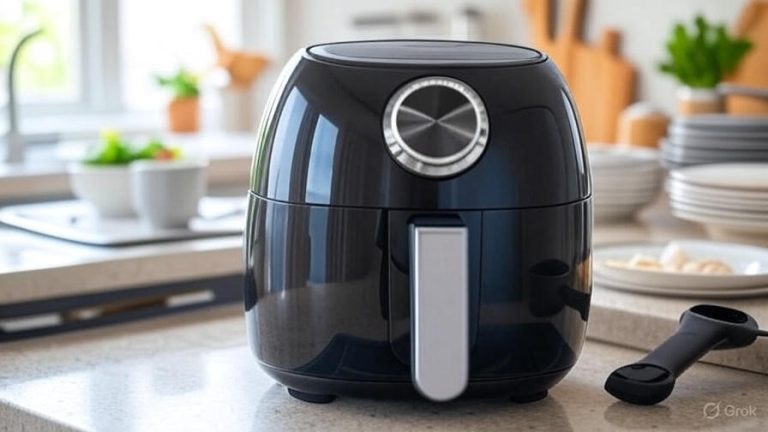How Big Is a 3 Quart Pan?
Home cooks often find themselves puzzled when recipes call for specific pan sizes. The 3-quart pan stands as one of the most versatile pieces of cookware in any kitchen, yet many people struggle to visualize its actual dimensions and capacity. This comprehensive guide will help you understand everything about 3-quart pans, from their exact measurements to their practical applications in everyday cooking.
What Does 3 Quarts Actually Mean?
A 3-quart pan holds exactly 12 cups of liquid or 2.84 liters. To put this in perspective, you could fill this pan with three standard milk cartons or twelve measuring cups of water. The volume measurement tells you how much the pan can hold when filled to the brim, though you’ll rarely fill any pan to its maximum capacity during actual cooking.
Most 3-quart pans measure approximately 9 to 10 inches in diameter and 3 to 4 inches in depth. The exact dimensions vary slightly between manufacturers, but these measurements provide a reliable baseline for comparison shopping and recipe planning.
Standard Dimensions of 3-Quart Pans
The typical 3-quart saucepan features a diameter of 9.5 inches and a depth of 3.5 inches. Some brands produce slightly wider versions at 10 inches in diameter with a correspondingly shallower depth of 3 inches. These variations accommodate different cooking styles and preferences while maintaining the same overall capacity.
Handle length adds another 8 to 10 inches to the overall pan dimensions. When storing or using your 3-quart pan, account for this extra length to ensure adequate space on your stovetop and in your cabinets.
The base diameter usually measures 7 to 8 inches, which corresponds perfectly with standard burner sizes on most home ranges. This proportion ensures even heat distribution and efficient cooking performance across different stovetop types.
Comparing 3-Quart Pans to Other Common Sizes
The 3-quart pan sits comfortably in the middle range of saucepan sizes. A 2-quart pan typically measures 8 inches in diameter, while a 4-quart pan expands to 10 or 11 inches. This progression makes the 3-quart size ideal for most household cooking needs.
Small saucepans of 1 to 1.5 quarts work well for heating single servings or making small batches of sauce. Large 5 to 6-quart pans excel at cooking for crowds but can be unwieldy for everyday use. The 3-quart pan bridges this gap perfectly, offering sufficient capacity without excessive bulk.
Stock pots and Dutch ovens typically start at 6 quarts and can exceed 12 quarts in capacity. These larger vessels serve different purposes than saucepans, focusing on slow cooking, braising, and preparing large quantities of food.
Perfect Uses for Your 3-Quart Pan
The 3-quart pan excels at cooking rice for 4 to 6 people. Two cups of uncooked rice expand to approximately 6 cups when cooked, fitting comfortably in this pan size with room for proper stirring and steam circulation.
Pasta cooking becomes effortless with a 3-quart pan when preparing 8 to 12 ounces of dried pasta. The pan provides adequate water volume for proper boiling while remaining manageable for draining and serving.
Sauce preparation finds its perfect match in the 3-quart pan. Tomato sauces, cream sauces, and gravies all benefit from the generous surface area that promotes proper reduction and flavor concentration.
Soup making for small families works beautifully in this size. You can prepare 6 to 8 cups of finished soup, providing hearty portions for 3 to 4 people with potential leftovers for lunch the next day.
Vegetable steaming and sautéing become more efficient with the 3-quart pan’s spacious interior. The wide surface area allows vegetables to cook evenly without overcrowding, resulting in better texture and flavor retention.
Material Considerations for 3-Quart Pans
Stainless steel 3-quart pans offer durability and versatility. They work on all stovetop types, including induction, and transition seamlessly from stovetop to oven. The non-reactive surface handles acidic ingredients without affecting taste or appearance.
Aluminum pans provide excellent heat conduction and quick temperature response. Hard-anodized aluminum versions offer improved durability and scratch resistance while maintaining the material’s superior heat distribution properties.
Non-stick coated 3-quart pans simplify cleanup and reduce the need for cooking oils. However, these coatings require careful maintenance and eventual replacement as they wear over time.
Cast iron 3-quart pans deliver exceptional heat retention and develop natural non-stick properties with proper seasoning. Their weight and maintenance requirements make them less suitable for everyday use but excellent for specific cooking techniques.
Copper pans provide the most responsive heat control but require regular maintenance and higher investment costs. Professional chefs often prefer copper for its precise temperature control capabilities.
How to Measure Your Existing Pans
Measuring your current cookware helps you understand what you already own and identify gaps in your collection. Use a ruler or measuring tape to determine the diameter by measuring across the top rim from one side to the other.
Depth measurement requires placing your ruler or measuring tape at the bottom of the pan and measuring straight up to the rim. Avoid measuring at an angle, as this will give you an inaccurate reading.
Volume testing provides the most accurate capacity measurement. Fill your pan with water using a measuring cup, counting each cup until the pan reaches its maximum fill line. This method accounts for the pan’s actual usable capacity rather than theoretical measurements.
Compare your measurements to manufacturer specifications when available. Some variance is normal due to manufacturing tolerances and measurement techniques.
Storage and Organization Tips
Cabinet organization becomes crucial when housing multiple pan sizes. Stack pans with protective padding between them to prevent scratching and damage. Pot protectors or cloth dividers work well for this purpose.
Hanging storage maximizes accessibility and prevents scratching. Install a pot rack or rail system to keep your 3-quart pan within easy reach while freeing up valuable cabinet space.
Drawer storage works well for households with deep drawers. Use dividers or organizers to prevent pans from sliding around and potentially getting damaged during opening and closing.
Consider the handle orientation when storing pans. Removable handles or fold-down designs can significantly reduce storage space requirements and improve organization options.
Buying Guide: What to Look For
Heat distribution plays a crucial role in cooking performance. Look for pans with thick, even bottoms that extend heat uniformly across the cooking surface. Thin bottoms create hot spots and uneven cooking results.
Handle design affects both safety and comfort during use. Ergonomic handles with heat-resistant materials provide better grip and reduce hand fatigue during extended cooking sessions.
Lid compatibility enhances versatility and cooking options. Well-fitting lids with heat-resistant knobs allow for simmering, steaming, and heat retention techniques that expand your cooking repertoire.
Oven safety ratings determine whether your pan can transition from stovetop to oven cooking. Many recipes benefit from this flexibility, making oven-safe construction a valuable feature.
Dishwasher compatibility simplifies cleanup routines. While hand washing often provides better care for cookware, dishwasher-safe options offer convenience for busy households.
Care and Maintenance
Daily cleaning routines preserve your pan’s performance and appearance. Wash your 3-quart pan with warm, soapy water immediately after use to prevent food residue from hardening and becoming difficult to remove.
Deep cleaning techniques address stubborn stains and buildup. Baking soda paste, vinegar solutions, and specialized cookware cleaners can restore your pan’s original appearance when used according to manufacturer instructions.
Proper drying prevents water spots and potential rust formation on susceptible materials. Thoroughly dry your pan with a clean towel and allow air drying for complete moisture removal.
Storage preparation includes light oiling for cast iron pans and careful stacking for all materials. Proper storage extends cookware life and maintains optimal cooking performance.
Common Mistakes to Avoid
Overheating damages non-stick coatings and can warp pan bottoms. Use appropriate heat settings for your cooking task and pan material to prevent unnecessary damage and maintain optimal performance.
Thermal shock occurs when extreme temperature changes cause materials to expand or contract rapidly. Avoid placing hot pans in cold water or cold pans on high heat without gradual temperature adjustment.
Incompatible utensils can scratch and damage pan surfaces. Use wooden, silicone, or plastic utensils with non-stick surfaces, and avoid metal utensils that can create scratches and wear patterns.
Neglecting manufacturer instructions often leads to premature wear and performance issues. Follow specific care guidelines for your pan’s material and construction to maximize its lifespan.
Recipe Scaling and Portion Planning
The 3-quart capacity translates to specific serving sizes for different dishes. Rice dishes typically yield 6 to 8 servings, while pasta dishes serve 4 to 6 people depending on portion sizes and additional ingredients.
Sauce recipes often call for 2 to 3-quart pans, making your 3-quart pan suitable for most standard recipes without modification. Scaling recipes up or down becomes straightforward when you understand your pan’s capacity relationship to ingredient volumes.
Batch cooking efficiency improves when you match pan size to intended serving quantities. The 3-quart pan works well for preparing meals with planned leftovers or feeding small to medium-sized families.
Conclusion
The 3-quart pan represents the sweet spot in cookware sizing for most home kitchens. Its 9 to 10-inch diameter and 3 to 4-inch depth provide versatility for daily cooking tasks while remaining manageable for storage and cleaning. Understanding these dimensions helps you make informed decisions about cookware purchases and recipe planning.
This pan size accommodates everything from rice and pasta preparation to sauce making and soup cooking. The 12-cup capacity offers sufficient volume for family meals without the bulk of larger pans that many home cooks find unwieldy.
When shopping for a 3-quart pan, prioritize quality construction, appropriate materials for your cooking style, and features that match your kitchen setup. Proper care and maintenance will ensure your investment provides years of reliable cooking performance.
The 3-quart pan earns its place as an essential piece of cookware through its practical size and impressive versatility. Once you understand its dimensions and capabilities, you’ll find countless ways to incorporate this valuable tool into your daily cooking routine.
